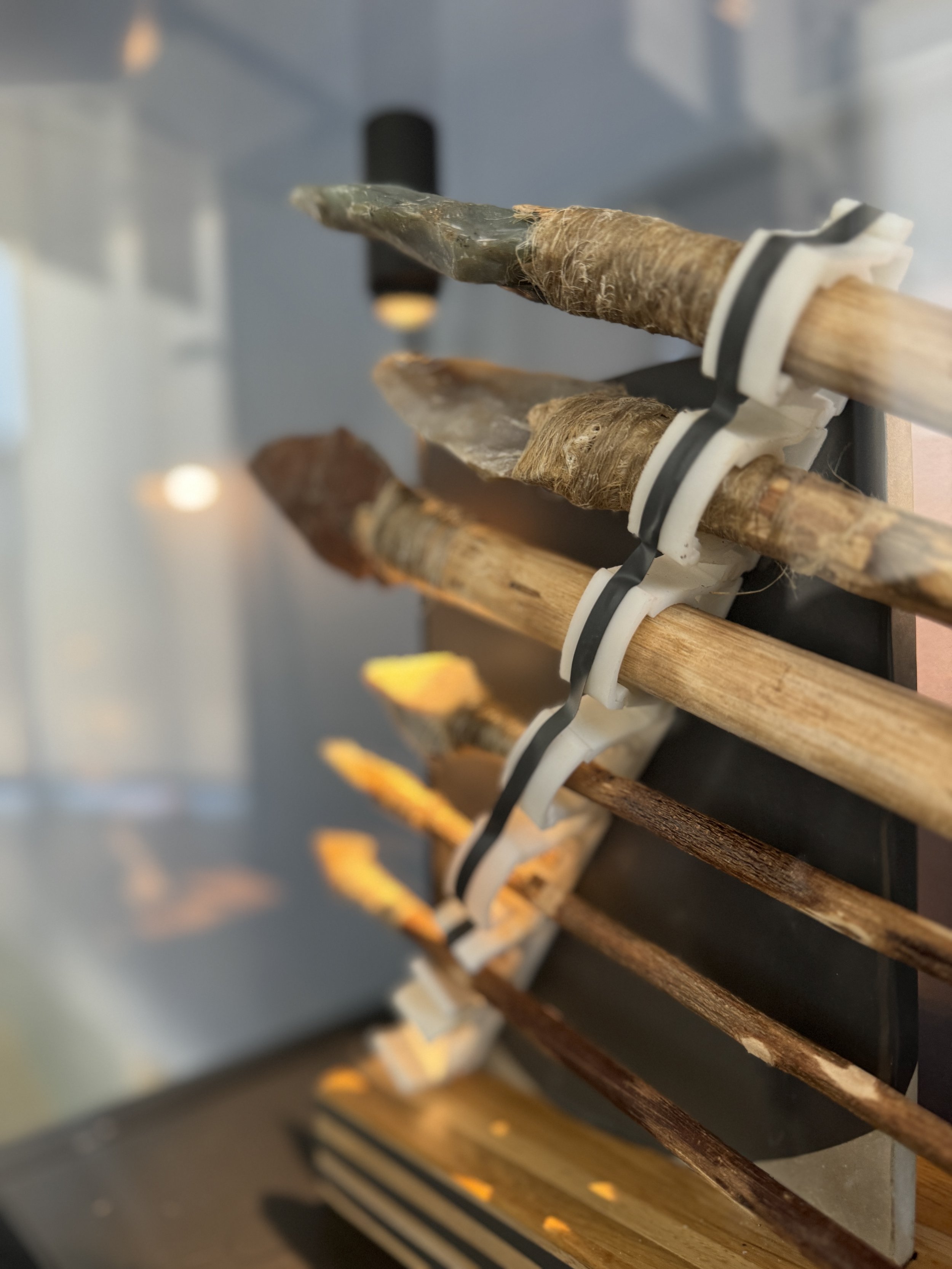Türkiye - Day 6a: Göbekli Tepe
Göbekli Tepe, Türkiye - All photos © Rose Cameron 2024 Unauthorized use, reproduction, or distribution is prohibited. This post may contain affiliate links at no extra cost to you. More Info Here
"What is mankind but the repository of a thousand forgotten dreams?"
— Sarah J. Maas
A Journey Back In Time
Today we go way, way back in time. We wake up and take our Turkish breakfast with hot çay and hot coffee, we are hot, the beverages are hot, we’re setting a tone for this stretch in southeastern Türkiye. The tone is HOT. Şanlıurfa is a cradle of old stories - and we’re going to drive out towards Göbekli Tepe to walk the oldest known temple complex . Before the discovery of Göbekli Tepe in 1994, historians and archaeologists generally believed that the Great Pyramids were the oldest and most significant large-scale human constructions. Göbekli Tepe is over 11,000 years old, predating Stonehenge by 6,000 years and about 7,000 years older than the great pyramids of Egypt.
Göbekli Tepe changes everything we knew about early human societies. It suggests that religion and rituals were key in bringing communities together, and challenged the assumption that such complex structures could only be created by advanced, settled civilizations. The site contains massive T-shaped stone pillars arranged in circles, which are intricately carved with animal reliefs. Visiting this UNESCO World Heritage site is like touching the roots of civilization. If you’re a history buff or just love exploring ancient mysteries, this place is a must-see!
Wilder yet? Only 5-10% of the site has been excavated - and as we walk in the blistering desert sun looking out on the surrounding hills, we marvel at what mysteries they may hold under their earthen cloak. It’s humbling being here - would anything we make now would last a fraction of that time? What stories were they telling? To whom? What is our story now? Some of these pillars weigh 20 tons - the sheer calculations and effort to get them into place is mind-boggling. Where did the stone come from? How did they move it? How was it lifted and the heavier cross-pieces - how did they get placed? Again, these were not a settled people, these were people on the move. The carvings blew me away - the high-reliefs (where animals and figures protrude from the rock) mean a level of artistic vision and planning that I struggle with, 11,000 years later with tons of modern tools. Particularly when you see some of the large pillars with high-reliefs - the artist would have known if they messed it up it meant so much work was wasted in bringing that pillar to the site. It’s impossible to fathom how this site was created so long ago - it would be a painstaking effort to build today, with machines. Even stranger - after centuries of use, the structures were deliberately covered with layers of earth, rubble, and other debris for unknown reasons. This led to the near perfect preservation of the site as it was protected from weather and human activity.
I can’t begin to explain the sheer feeling of being in this place - the amount of time is nearly impossible to wrap your head around. I am 43. The United States is 248 years old. The Great Pyramids are 4,500 years old. This site is over 11,000 years old. I am overwhelmed by how long humans have roamed the earth. I am overwhelmed by the whispers of billions of stories - the people who built this, the people before them, those who came after warring across these rounded hills not knowing they blanketed ancient meeting grounds. I think of myself. I think of you, wherever you are, reading this. I think of our problems and our dreams, our hopes and what we craft with our two hands, our eyes, our brains. I have never felt so insignificant, I have never felt so deeply connected to humanity as a whole. A whole that stretches way before modern religions that we slaughter each other over and will hopefully continue far beyond what I can see in the future.
We walked away in the heat, looking at the ground with new eyes. Walking over upturned stones hollowed out by ancient tools for catching water or grinding grains. Who lived here? What did they dream? What will be left of my people?
PS: Conspiracy Theorists - you can see the space man and the mysterious purse on these carvings too! It does make you wonder ;)
Details:
Driving in Şanlıurfa is crazy - I strongly recommend unless you’re Turkish, take a bus/tour!
It’s very easy to find and a very well organized UNESCO site.
Great gift shop - a little pricier of course but some beautiful finds.
The educational video and immersive experience is well worth the time before you enter the site.
Bring water, a hat and while we walked to the site from parking, most folks take the little bus.
Stay tuned for Part b coming soon where we dive into Şanlıurfa and explore the bazaar, Abraham’s Cave and Abraham’s Pool - an incredible evening in one of the most sacred locations to three major religions!









